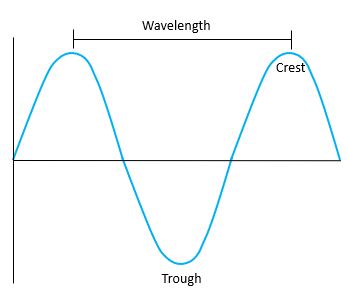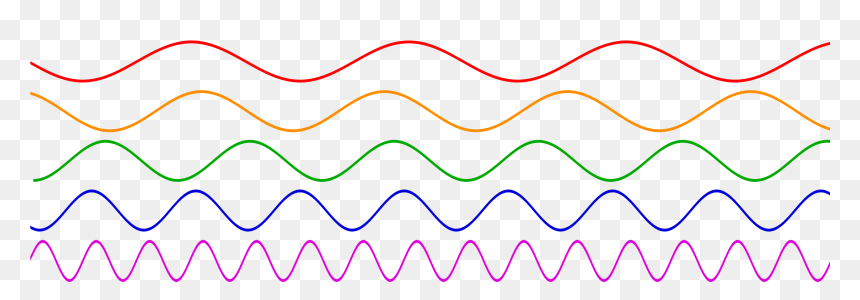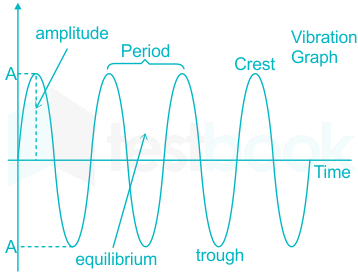
1. Wavelength: The distance between the two consecutive peaks or troughs of a wave is called its wavelength.

2. Frequency: The number of complete wave cycles passing through a given point in a given time is called its frequency.

3. Amplitude: The maximum displacement of a particle from its equilibrium position is called its amplitude.
4. Velocity: The speed of a wave is determined by its wavelength and frequency.
5. Period: The amount of time it takes for a wave to complete one cycle is called its period.
6. Phase: The relative starting point of a wave cycle is known as its phase.
7. Interference: The addition or subtraction of two or more waves that overlap in time and space.
8. Diffraction: The bending of waves around an obstacle or through a slit.
9. Polarization: The orientation of the wave’s electric field.
